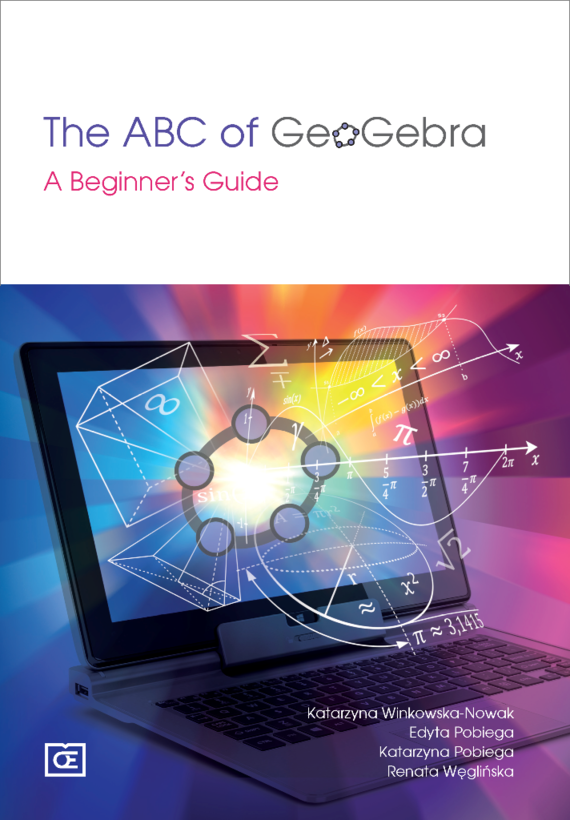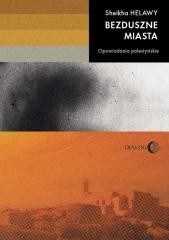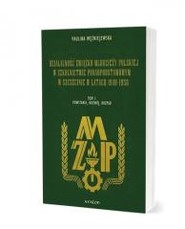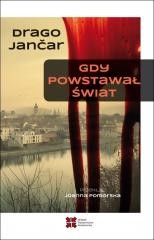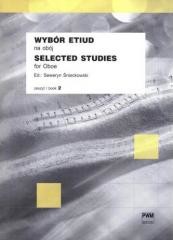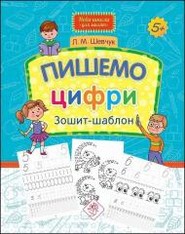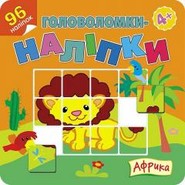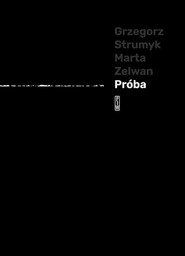Opis treści
The name GeoGebra stems from two disciplines of mathematics – geometry and algebra. It underlines the focus of its creator – to join the two different disciplines of mathematics in a single, easy-to-use piece of software with a user-friendly interface.
The geometry tools offered by GeoGebra include a wide variety of such objects as points, lines and curves (including all conic curves), vectors, and parametric curves. The algebra section allows the user to directly input equations and inequalities, polynomials, linear and quadratic equations, and calculations on numbers, points, and vectors. GeoGebra also offers a calculus section, which allows the user to input formulas of functions (also defined by segments), find the intersections of the graphs of functions or roots of functions, and draw parametric curves. Another interesting property of GeoGebra is that it includes a spreadsheet in which the cell input can be numbers, points or functions. The user can also create animations for instance by using the Slider.
GeoGebra software can be used by schools to create beautiful mathematical illustrations. Teachers can use it to create multiple examples and prepare printed materials, as well as for the creation of more advanced teaching materials such as animated presentations, customisable tasks for interactive whiteboards and mobile devices, and for supporting learning via the Internet. GeoGebra helps the user visualize concepts, understand the relationships between different fields of mathematics such as geometry and algebra, pose and verify hypotheses, and examine the properties of mathematical objects.
Mathematics is present in almost all areas of human activity. It is not surprising that GeoGebra can be used in fields such as physics, optics, chemistry, biology, and economics. It can serve as a graphing calculator for quick calculations and creating graphs, data visualization, investigating the relationships between objects, as well as for creating high-quality graphics.


